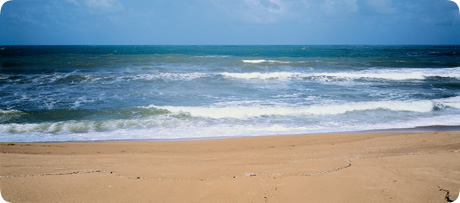

For those children who survived drowning, anoxic brain injury (ABI)-induced neurological morbidity is a common outcome due to oxygen deprivation ( 3, 4). Children aged 0–14 years are especially susceptible with over 450 children dying and thousands more suffering debilitating injuries every day due to drowning globally ( 2).
#Stem cell treatment for near drowning trial#
These results pave the way for a future phase II clinical trial to evaluate the efficacy of the therapy.ĭrowning is a major cause of mortality and neurological morbidity worldwide, accounting for 370,000 annual deaths in 2012 ( 1). In particular, one patient remarkably reduced cerebral atrophy, with nearly normal cerebral parenchyma after BMMNC transplantation.Ĭonclusions: Autologous BMMNC transplantation for the treatment of children in persistent VS after drowning is safe, feasible, and can potentially improve motor function and cognition and reduce muscle spasticity. Three patients displayed improved communication including the expression of words. All five patients displayed improvement across the major parameters of gross motor function, cognition, and muscle spasticity. Results: Six months after BMMNC transplantation, no serious complications or adverse events were reported. Clinical therapeutic effects were evaluated using gross motor function measure and muscle spasticity rating scales, cognitive assessments, and brain MRI before and after cell administrations. The number of transplantation varied from two to four times depending on the motor function improvement of patient after transplantation. Autologous BMMNCs were freshly isolated using Ficoll gradient centrifugation then infused intrathecally to five patients. Methods: We used BMMNC as a novel candidate therapeutic tool in a pilot phase-I study for five patients affected by neurological sequelae after near-death drowning. The aim of this paper is to present the safety and feasibility of autologous bone marrow-derived mononuclear cell (BMMNC) transplantation in five drowning children surviving in persistent VS. 5Department of Biology, Stanford University, Stanford, CA, United StatesĪim: Anoxic brain injury (ABI) due to non-fatal drowning may cause persistent vegetative state (VS) that is currently incurable.4Institute for Science & Technology in Medicine, Keele University, Keele, United Kingdom.3Vinmec Times City International Hospital, Vinmec Healthcare System, Hanoi, Vietnam.2College of Health Sciences, VinUniversity, Hanoi, Vietnam.1Vinmec Research Institute of Stem Cell and Gene Technology (VRISG), Vinmec Health Care System, Hanoi, Vietnam.Forsyth 4, Michael Heke 5, Phuong Anh Nguyen Thi 3 and Xuan-Hung Nguyen 1,2 Nguyen Thanh Liem 1,2 *, Vu Duy Chinh 3, Dam Thi Minh Phuong 1,2, Ngo Van Doan 3, Nicholas R.


 0 kommentar(er)
0 kommentar(er)
